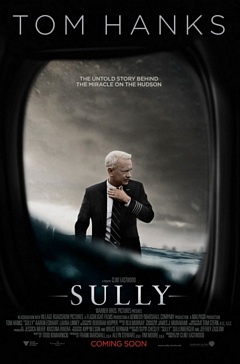Streaming startup Quibi is shutting down barely six months after going live. The Wall Street Journal reports,
Founder Jeffrey Katzenberg and Chief Executive Meg Whitman decided to shut down the company in an effort to return as much capital to investors as possible instead of trying to prolong the life of the company and risk losing more money.
Quibi (short for “quick bite”) was a late entrant into a crowded marketplace, and its short-form serial format aimed at short attention spans failed to get traction with teenagers and young adults amid the pandemic. The Week was puzzled by Quibi’s decision to not allow people to watch it on their television:
Among the early criticism directed at Quibi was the fact that it was mobile only, and users couldn’t watch the app’s original shows on their TVs. This was especially problematic at a time when many people were no longer commuting to work due to the COVID-19 pandemic and were, therefore, not in need of short content to watch on the go.
At heart, Quibi was just another fast food joint with the same menu as the rest. The Guardian wondered if anyone would give Quibi the time of day:
Quibi’s content felt less revolutionary than underbaked, slapdash concepts sledgehammering the viewer with abrupt hits of celebrity. The overarching theme was of celebrity names without thinking through what they would be doing that is interesting or novel. It offered little marginal benefit to the free celebrity fare on Instagram, Twitter, YouTube, or TikTok. Why pay for Quibi, when “if you want snackable Chrissy Teigen content, her social media provides that for you without this sort of hackneyed, first-thought courtroom set-up.”
Quibi’s only bona fide USP was its potential to piggybank on Katzenberg’s deep connections in the Hollywood establishment for content.
Idea for Impact: Investing money, energy, and time into something that’s not working is dreadful to admit, but it’s essential to come to terms with things that don’t go as planned, and your high hopes are dashed. Don’t hold on to an idea that doesn’t pay off soon enough. Best to cut your losses early—you’ll have the least sunk costs and the fewest emotional attachments.

.jpg)